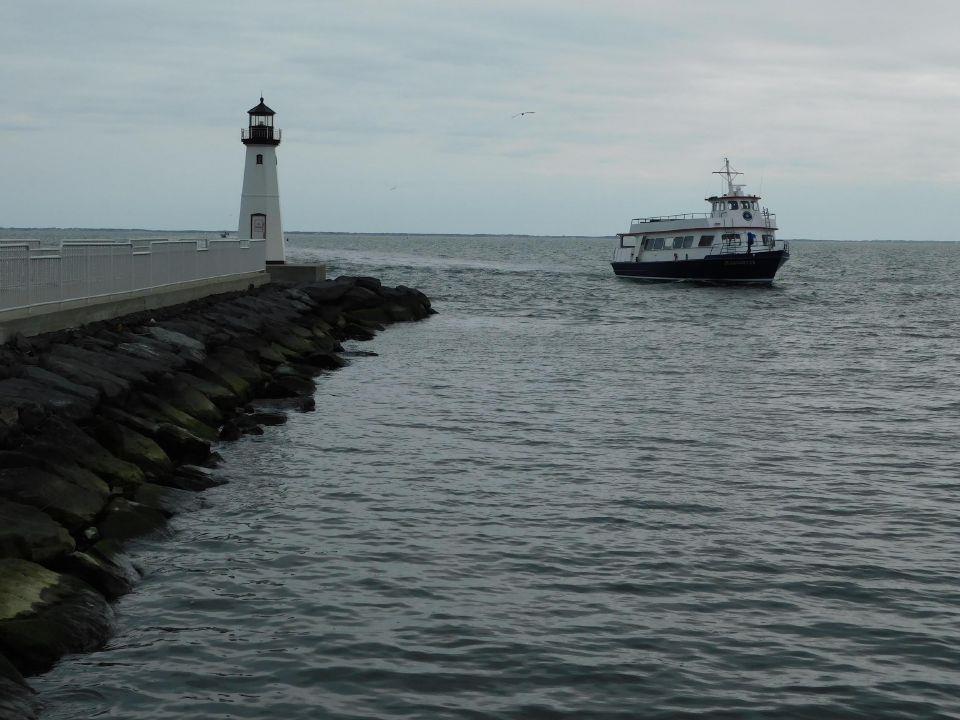One of the largest Living Shoreline projects in the state is underway at Patchogue’s Shorefront Park, a $3 million effort designed to improve water quality, restore habitats and increase resiliency against flooding and erosion along Little Creek and its tidal connection to Great South Bay.
Thanks to state, county and private funding, Patchogue Village is replacing a deteriorated 1,300-foot bulkhead with an innovative living shoreline that uses stone, beach grass and other natural features to fortify the coast against storms and sea-level rise. The project will improve public access to the popular park with a new walking trail, pedestrian bridges and upgraded amenities.
“Improving the resiliency of Long Island’s coastline is critical to the safety and vibrancy of South Shore communities like the Village of Patchogue,” noted Robert J. Rodriguez, Secretary of the Department of State, which put up the bulk of the funds through its Local Waterfront Revitalization Program. “This innovative project is one of the largest living shoreline projects in the state and will serve as a model for other communities seeking natural solutions to enhance their climate resiliency,” he said. “We thank our state and local partners for their support in this collaborative effort.”
“Through the generosity of a private donor and the foresight of New York State, this living shoreline will change the entire dynamic of Shorefront Park,” said Patchogue Mayor Paul V. Pontieri. “In light of climate change, the goal of this project is to protect the community and increase resiliency while improving water quality. These parks were built 50, 60 years ago and this will take us into the next 50 years.”
With the department of state committing the bulk of funds at $2.4 million, the effort is also supported by $315,000 from the state Office of Parks, Recreation and Historic Preservation and $275,000 from Suffolk County. The state Department of Environmental Conservation kicked in $45,000.
Patchogue is joining other Long Island communities in embracing living shorelines in the wake of Superstorm Sandy. Not only will the project help reduce risk from flooding and erosion, it will also usher in better stormwater management practices designed to protect the water quality of the bay.
 |
|
The Marquette makes its way toward Patchogue River on its return
from Fire Island. As summer approaches, the ship will be quite busy ferrying passengers to some of the best beaches in the world Robert Chartuk
|
“Living shorelines use nature-based solutions to prevent flooding, stop erosion, and bring water quality benefits by filtering stormwater runoff,” explained Adrienne Esposito, executive director of Citizens Campaign for the Environment. “Replacing the old bulkheads at Shore Park is an ideal location to implement this effective technique. As a resident of Patchogue, I can tell you that Shore Park is the gem of Patchogue. The public uses the playgrounds, walking path, benches, ballfields and attends functions at the band shell. The dock space is abundantly used for fishing and crabbing. Improving water quality in this location will have environmental and societal benefits.”
Looking forward, the state’s Clean Water, Clean Air, and Green Jobs Environmental Bond Act includes funding for local waterfront revitalization, coastal rehabilitation, shoreline restoration and green infrastructure projects, among others.
